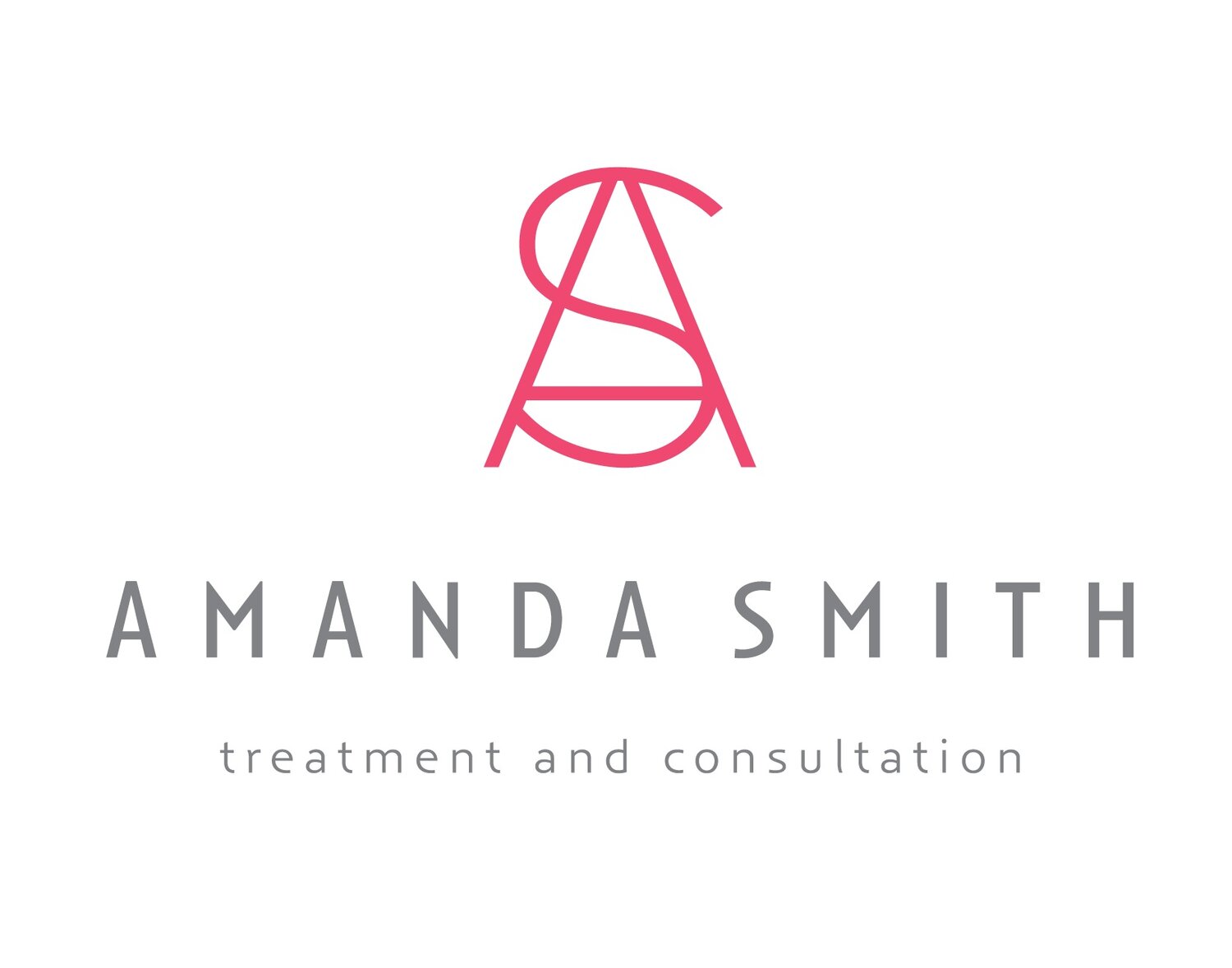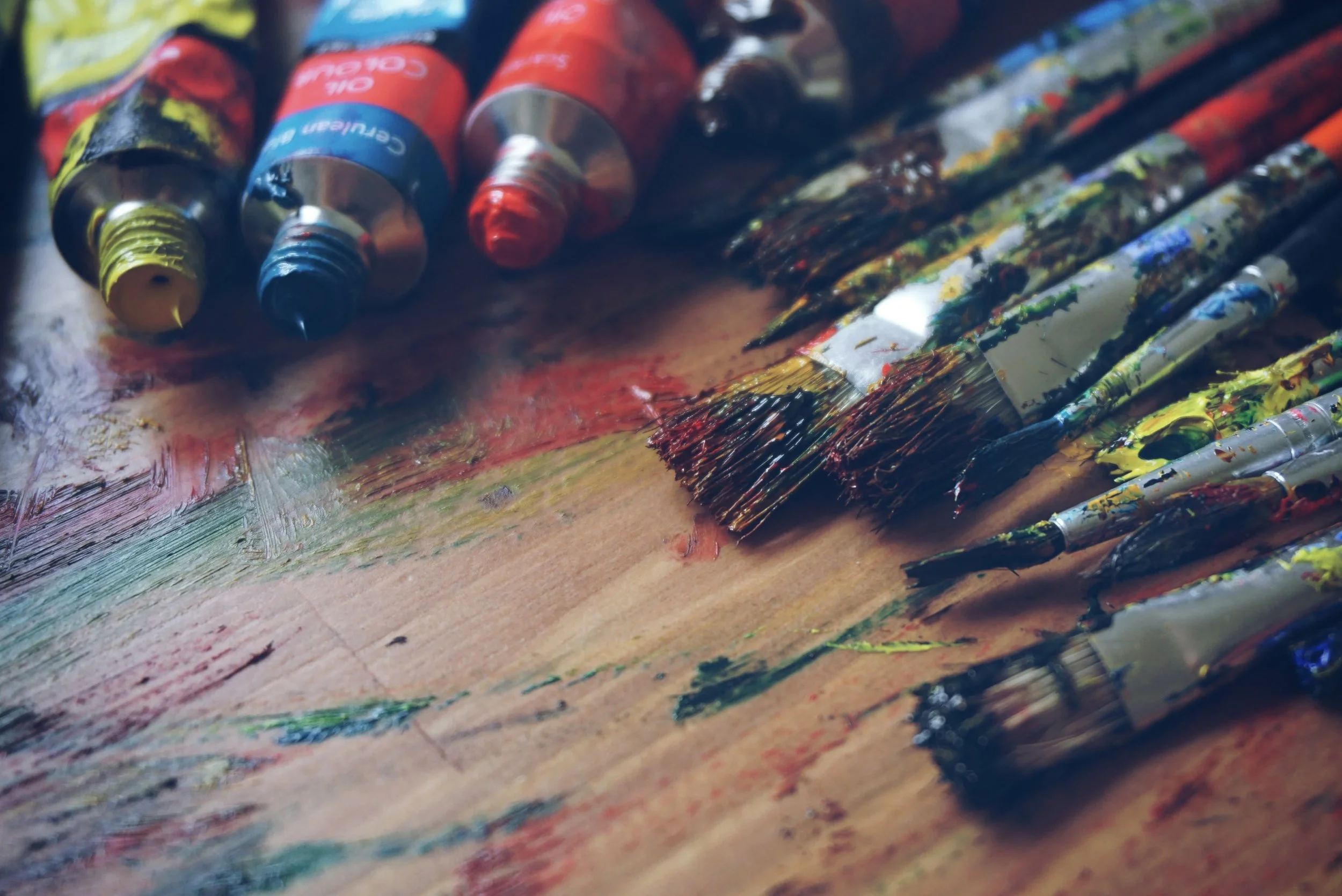In a time of destruction, create something. -Maxine Hong Kingston
Do you value creativity as a part of your recovery story?
Engaging in any kind of art practice is a healthy alternative to self-injury or self-destruction.
Many people find that they can safely communicate thoughts, emotions, and experiences through art. Art is often a self-validating and affirming way of recognizing our struggles and successes as we grow in self-love.
Art journaling can be a way to compassionately document your past, understand current challenges, and cope with urges to engage in self-harming or self-sabotaging behaviors.
You could use your art journal to visually explore topics like:
• Your values in recovery
• Reasons why you want to reduce self-harming behaviors
• Self-compassion and self-love
• Family members, friends, and others who inspire you
• Your resilience
• How you respect your body
• Your hope in recovery
• The difference between you a year ago and you today
• Self-acceptance
• How recovery is messy
• Why you want to recover
• Your life five years from now
• Meaning and purpose in recovery
• Your support team
• Coping successfully with urges
• Healthy ways of coping
• Your commitment to self-care
You, of course, may have dozens of different ideas. What is most important to you?
When you’re ready, you can share your work with a safe person or you can keep your art journal private.
I love this particularly pretty art journal (and this one is my second favorite) but if you have another favorite way to preserve or share your work, I’d love for you to let me know by writing me at amanda@hopeforbpd.com.
Interested in learning more about dialectical behavior therapy (DBT) to treat self-harming behaviors? I’d love for you to check out My Dialectical Life or my course for family members and friends by clicking here.

